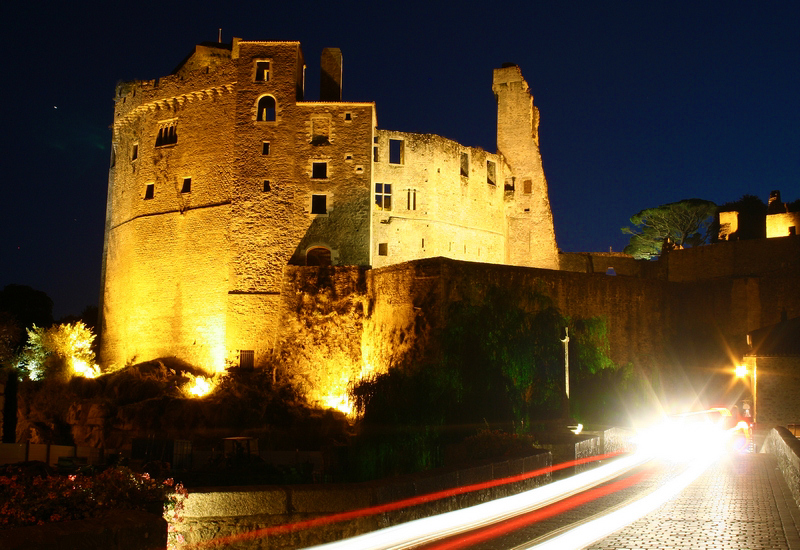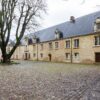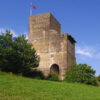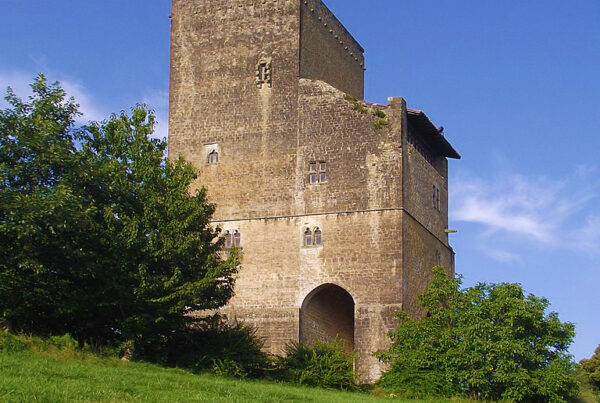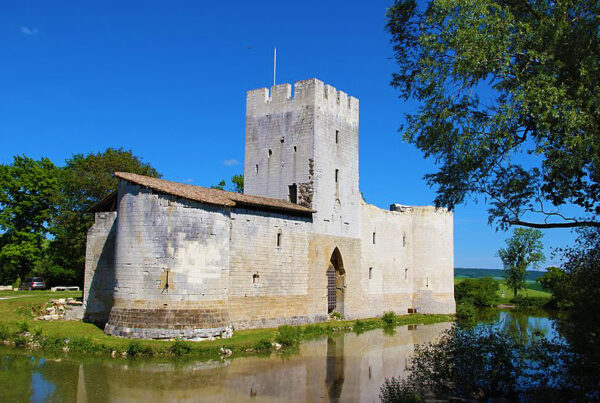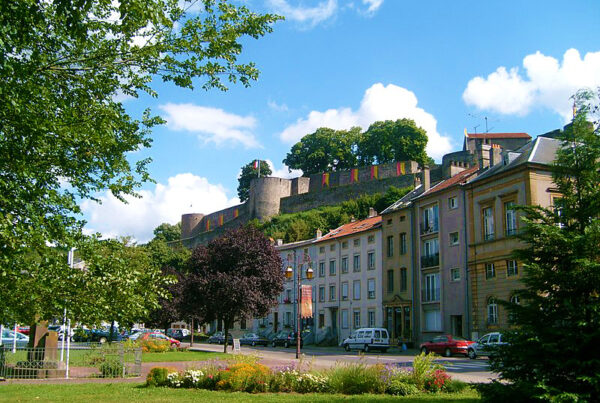Château de Clisson is a medieval castle located in the town of Clisson in the Loire-Atlantique department of western France. Here is an overview of this historical site:
History:
Château de Clisson has a rich and storied history that dates back to the 11th century. Originally a wooden fortress, it was rebuilt in stone during the 13th century by Olivier I de Clisson, a Breton nobleman. The castle played a strategic role in the region’s history during the Hundred Years’ War, as it served as a stronghold against English forces. Over the centuries, it changed hands and underwent various renovations.
Architecture:
The castle’s architecture is characterized by a blend of medieval and Renaissance styles. It features defensive elements such as thick walls, towers, and a drawbridge, which showcase its military origins. Additionally, the castle boasts decorative elements, including turrets, Gothic-style windows, and elegant stonework.
Olivier IV de Clisson:
One of the most notable figures associated with Château de Clisson is Olivier IV de Clisson, a Breton nobleman known for his loyalty to the French monarchy during the Hundred Years’ War. His efforts in defending the region earned him the nickname « The Butcher » among the English. Visitors can learn about his role in the castle’s history through exhibitions and displays within the site.
Restoration:
In the 19th century, the castle underwent significant restoration efforts led by a wealthy French art collector named François-Frédéric Lemot. These renovations were inspired by the romanticism of the time and aimed to recreate the medieval atmosphere of the castle. The result is a picturesque and somewhat romanticized interpretation of its original appearance.
Visiting:
Château de Clisson is open to the public, allowing visitors to explore its various rooms, towers, and gardens. The castle often hosts cultural events, exhibitions, and concerts, adding to its appeal as a tourist destination. Its location along the banks of the Sèvre Nantaise River and the charming town of Clisson make it a delightful place to visit.
Vineyards:
The surrounding region is also known for its vineyards, producing Muscadet wine. Visitors can combine a trip to the castle with a tasting of local wines in the nearby vineyards.
In summary, Château de Clisson is a captivating medieval castle that has witnessed centuries of history. Its unique blend of military and Renaissance architecture, along with its picturesque location, make it a popular attraction for history enthusiasts and tourists exploring the Loire-Atlantique region of France. It offers a glimpse into the medieval past and the chivalric legend of Olivier IV de Clisson.
